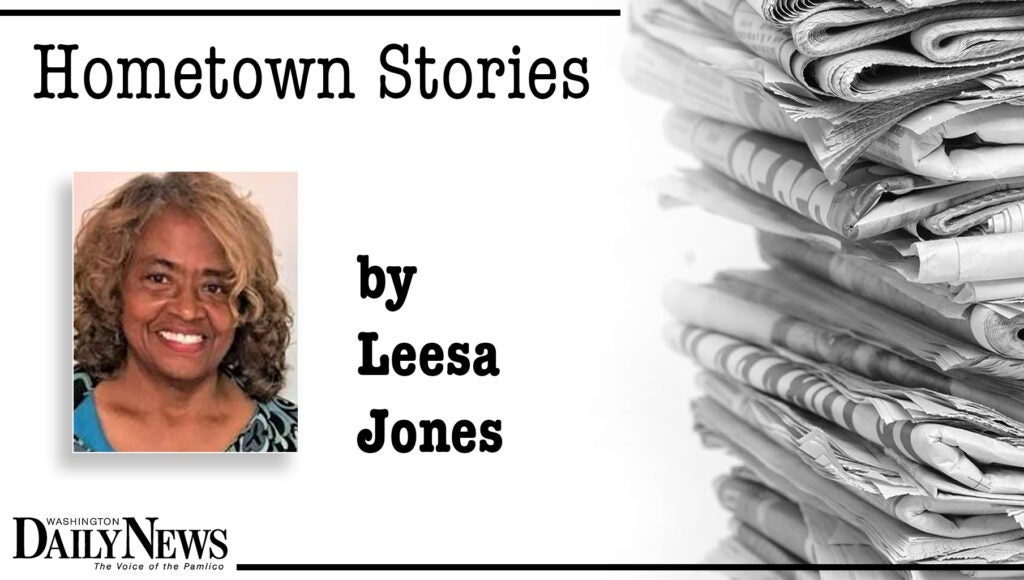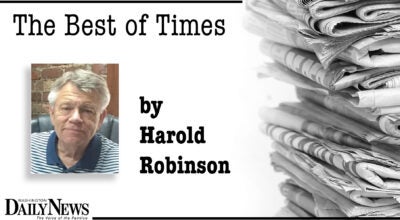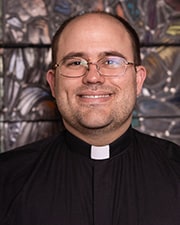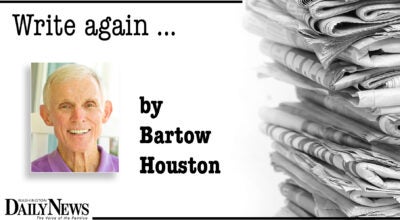My Black History Month notebook
Published 2:49 pm Monday, February 3, 2025
|
Getting your Trinity Audio player ready...
|
As I prepare to share some of Washington’s amazing African American History for Black History Month 2025, I want to also share how I have been blessed to learn about Washington’s treasure trove of Black History, a lot of which predates the Civil War.
I have not only reaped the harvest of the stories my grandparents, the elders and other members of the community told. I have been blessed with ancestors who were prosperous, instrumental people in Washington’s Black history.
My great grandfather, Noah Payton, owned businesses here and in Williamston that allowed him to be part of a legacy of business owners who helped shape the economy of Black neighborhoods in these towns.
His son, Bruce Payton, my uncle, was a very prominent businessman who owned much of the real estate in the Black Financial District. I will define what made up the Black Financial District in a future column.
That real estate included apartment houses, private houses and the Payton Building on Gladden Street that was the home of the I. B. Turner Library, Dr. James Smith Medical Practice, The NC Mutual Insurance Office, the Elks Hall and many other prosperous businesses.
Isaac Payton, my dad, owned a pool hall on Fourth Street that was instrumental in providing Green Book auxiliary businesses information to travelers. Uncle Bruce, who owned the commercial and apartment building the pool hall was in, also provided lodging for Green Book travelers. This building also had a restaurant, a jewelry store and a kerosene distribution store.
Bruce’s wife, my aunt Carolyn Payton and her brother-in-law, Alexander Dumas Moseley, a high school teacher, were enumerators for the 1950 Census. (How amazing is that!) He helped Aunt Carolyn get the job a few days after he became a Census Enumerator. This provided them with a wealth of information about how prosperous the Black community was and other information relevant to the Black community.
My paternal grandparents owned a restaurant on Gladden Street two doors down from a Green Book listed location, the Starlight club. They were also instrumental in helping Green Book travelers find what they needed during their visit to the greater Washington area.
So, in addition to the decades I have spent researching Washington’s Black history, I have been gifted with the great legacies of hearing the stories of so many prominent Black people and places in Washington. And that information has been gleaned from reliable, well documented sources.
This helps my readers to learn how I found information about how some streets in the Black Community were ‘renamed’ to highlight the history of those streets.
For example, ‘Congressman Row’ became the portion of Bridge Street between Seventh and Ninth Streets annexing the Colored School Complex as it was called.
This was ‘renamed’ after the Black Congressman, Authur Mitchell visited the Washington Colored School in 1939, by the invitation of Principle Professor P. S. Jones.
Van Norden was ‘renamed’ ‘Teacher’s Row’ because the first Teacherage in Beaufort County as well as the first Kindergarten for Black children was located on Van Norden Street.
Market Street between Sixth and Gladden street was affectionately renamed ‘Millionaires Row’ because of the professional and prosperous Blacks who lived in that section. ‘Education Row’ was Bridge Street from Seventh to Eleventh Streets due to the Washington Primary and Elementary School as well as P. S. Jones High school located on Bridge Street.
Next week, I will share the legacy of my family’s academic education of Black History.





